
views
Learning to Catch the Ball
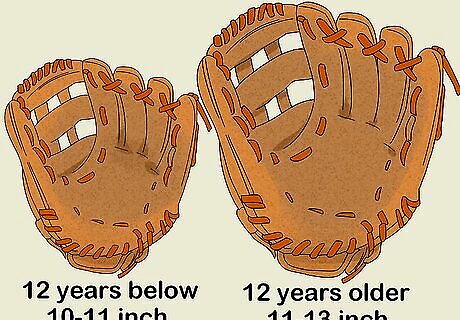
Get the right glove. Your glove becomes an extension of your hand when catching a baseball. It must fit your hand properly to work efficiently. As a general rule of thumb, players under the age of 12 will use a glove in the 10–11 inch (25.4–27.9 cm) range. Older players will use something between 11 and 13 inch glove. Before playing regularly with your glove, it’s important to beak in your glove. One of the best ways to break in your glove is by practicing your catch.
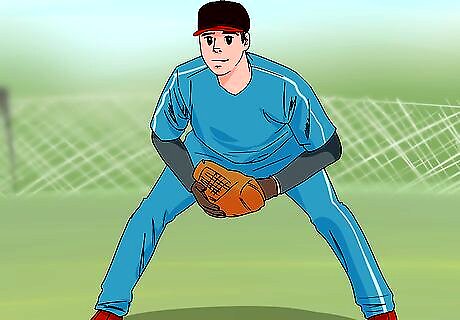
Position your body. Catching a baseball relies heavily on your stance and body position. You should be in the athletic position to prepare catching a ball. The athletic position takes the following into effect: Bend your knees slightly. This will give you the flexibility to lung for the ball and keep your mind focused. Keep your shoulders positioned towards the target. This will make it easier to visualize and react once the ball comes towards you. Stand on the balls of your feet instead of standing flat-footed.
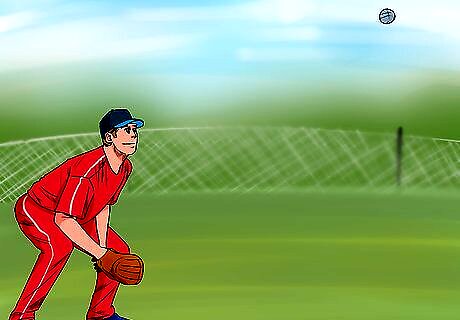
Watch the ball. The key to catching a baseball is to never let the ball out of your sight. Keep your eyes fixed from the time the ball leaves the thrower's hand until it lands in your glove. By watching the ball, you can track the ball’s flight plan, and prepare for the right stance to catch the ball. ”You can’t catch what you can’t see,” meaning it'll be difficult to catch the ball if your eye is off the ball.
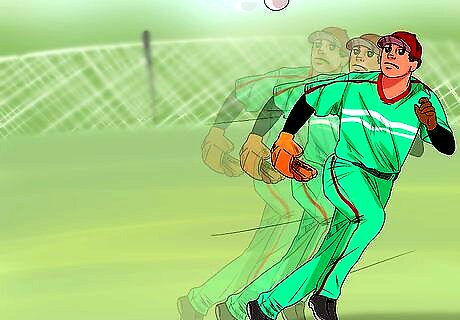
Go to the ball. Don’t feel inclined to stay anchored in one place, but instead move to catch the ball. If the ball is thrown and you can tell it will land behind you, run backwards while watching the ball. In baseball, catchers play by zone defense. When the ball enters your zone, it’s your job to move to it.
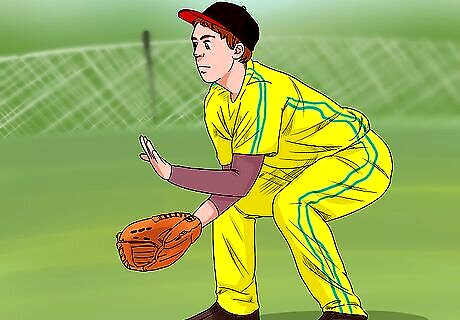
Position your glove. Hold your glove with your palm facing outwards in front of your body. Position the glove in the direction of the target who is throwing the ball. If the ball is thrown above your belly button, you can use this stance to catch the ball with little adjustment. If the throw is below your belly button, rotate your glove so that your fingers are pointed down. When the ball is thrown above your body, use the first position mentioned, but extend your arm upwards.
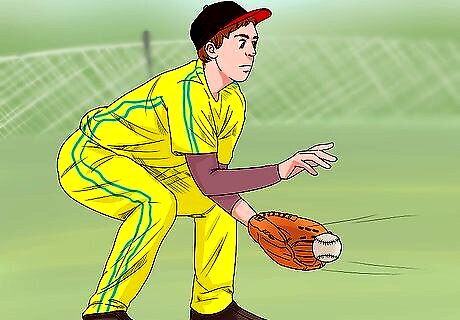
Catch the baseball. Catch the ball in the pocket of the glove. The pocket is another name for the palm of the glove. Close your hand immediately once the ball makes contact with your glove. Get into the practice of using your second hand to secure the catch. Using your second hand will also prepare you to throw once you become a catcher. Your free hand needs to have quick access to the ball.
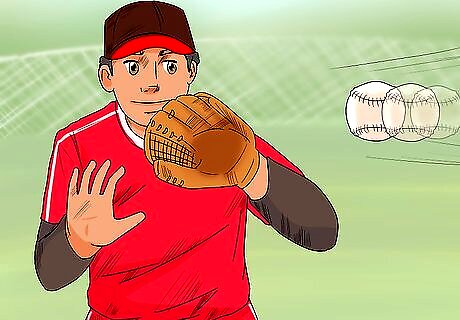
Keep your vision clear. Be careful not to obstruct your vision with your glove when going for the catch. If a ball is heading towards your face, move your glove to the position at the last second. This might take some practice, but the goal is to watch the ball till the final second. Practice throwing with a friend to avoid a black eye on game day. You can usually reposition yourself to avoid your face crossing the ball’s flight path.
Improving Your Catching Skills
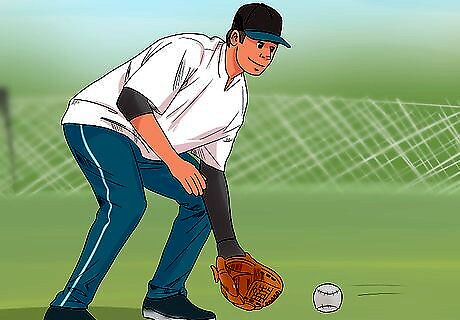
Catch ground balls. Ground balls are those that aren’t caught, but instead hit the ground. If you are out of range to catch the ball, get into the habit of approaching the ball to position yourself to secure a grounded ball. Once you are facing a ball’s path of direction, take a modified athletic stance. Bend your knees so that you are close to the ground, position your glove with your fingers facing the ground, and have your free hand hovered above your glove to secure the ball. Avoid catching the ball on a short hop. The short hop is when the ball first hits the ground and bounces in an unpredictable way. Avoid rushing the ball to avoid catching the ball on a short hop. Stay on the balls of your feet to quickly reposition yourself to catch the ball.

Dive for the ball. The key to a successful dive that won’t cause injury is all about your approach. Keep your eye on the ball the entire time. Begin by running towards the ball while lowering your body by bending your knees with each step. On your last two steps extend your arms outwards to align your glove with the ball’s flight path. Take a leap off the ground with your glove side's foot to become airborne. Rotate your glove hand so that the palm of the glove is facing upwards. Have your free hand out to support the catch. Don’t dive out if you are in range to normally catch the ball. It’ll take experience and practice to properly judge the distance of the ball.
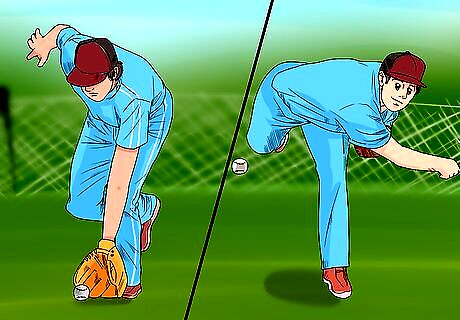
Recover a botched catch. Every catcher messes up in the field and there are certain things you can do to recover from an error. First, you need to locate the ball and do so quickly. To avoid “losing” the ball, keep your eye on the ball at all times. The key is to pick up the ball and throw it to the proper fieldsman. Bend your knees as you pick up the ball and be prepared to turn and throw. A key to recovering from your mistake is to not let it get you down. You need to think fast in the field with no time to spare to reflect during a play.
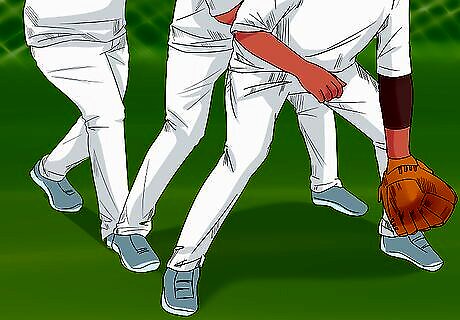
Improve your footwork. Footwork means the way use your feet to approach a ball. This skill is important for improving your game. Practice “square up” position, which means sprinting to a ball in order to catch the ball straight on. Other footwork techniques you can practice to catch a ball are: Side shuffling means to move sideways towards the ball while facing forward. Alternate pushing off with each foot as you move and avoid crossing your feet. Charging means a direct sprint towards the ball. This usually ends in skidding to catch the ball. Crossover and sprint is a good approach to reach a ball to your sides. Cross one foot in front of the other and take off in a sprint.
Catching a Baseball in the Stands
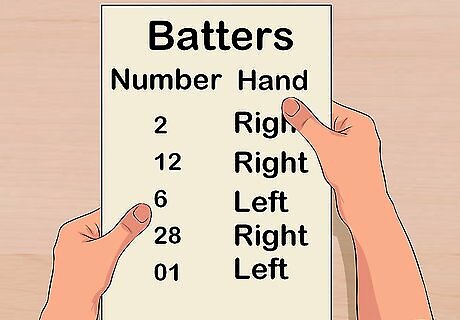
Study the lineup. You can increase your chances of catching a baseball at a game by knowing about each batter. Right handed batters, for example, hit foul balls off to the right of the home base. Left handed batters hit fouls left of the home base. Create a cheat sheet of all the players and their dominant hands.
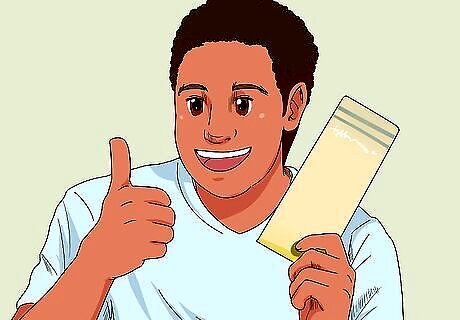
Purchase a ticket. Once you have a ticket, you can usually get around to most parts of the bleachers. You don’t need to worry about staying in your assigned seat. There are plenty of standing areas around the bleachers and near the bases.
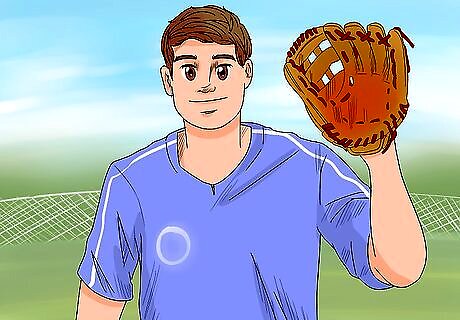
Bring your glove. Like the professional athletes, you increase your chances of catching a baseball with a glove. It’s better to use an older glove that you've already broken in from playing catch. Try getting to the stadium early to catch the easy balls. Before a lot of games, players will hit home runs and throw balls to the audience.
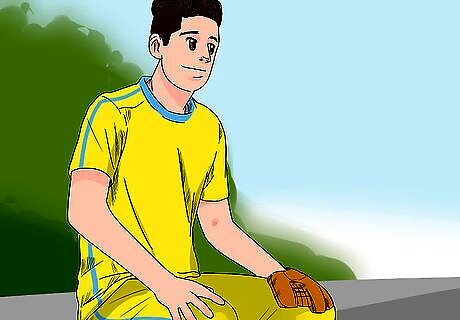
Be flexible and on your feet. Have a plan for when to be in the foul zone for each player. If you don’t want to move for each player, pick a side to the right or left. To catch a ball at a baseball game, you need to constantly be on your feet and focused on the ball. Think of yourself as the outer-outfield-man.
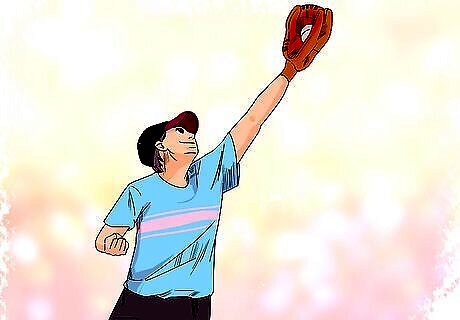
Go for it. Once you see that ball come into your side of the stadium, give it everything you got. Move quickly to align yourself with ball’s flight path. Once the ball gets close enough, go for it by any means necessary. Be prepared to lunge for the ball just as the defense would do. Catching the ball in this manner could irritate other audience members or seriously injure someone. If you lunge for it, be prepared to pay the price of sacrificing someone’s hot dog or an elbow in your eye.












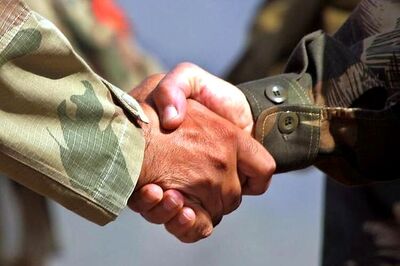





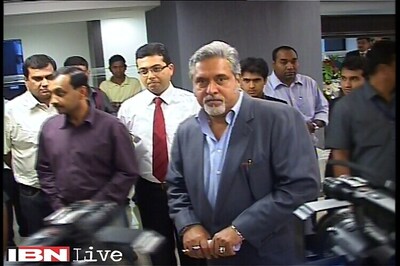

Comments
0 comment